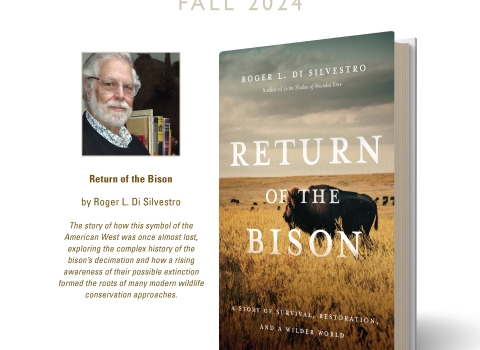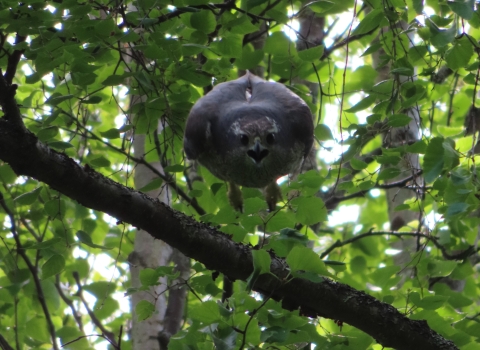Strategies for recovering the threatened desert tortoise are the subject of a U.S. Fish and Wildlife Service (Service) Draft Revised Recovery Plan for the Mojave population of the desert tortoise (Gopherus agassizii). Notice of availability of the Draft Recovery Plan will publish in the August 4, 2008, Federal Register and opens a 90-day public comment period that will end on
November 3, 2008.
The desert tortoise occurs in the Mojave and Sonoran deserts in southern California, southern Nevada, Arizona, and the southwestern tip of Utah in the U.S., as well as Sonora and northern Sinaloa in Mexico. The listed Mojave population of the desert tortoise includes those animals living north and west of the Colorado River in the Mojave Desert of California, Nevada, Arizona, and southwestern Utah, and in the Sonoran (Colorado) Desert in California.
“The revised strategy emphasizes partnerships to direct and maintain focus on implementing recovery actions and a system to track implementation and effectiveness of those actions” said Bob Williams, Field Supervisor of the Nevada Fish and Wildlife Office. “The success of this revised recovery strategy will rely heavily upon the involvement of our partners and our commitment to implementing the strategic elements, coupled with a functioning adaptive management program.”
The vast majority of threats to the desert tortoise or its habitat are associated with human land uses. The threats identified in the 1994 Recovery Plan, the basis for listing the tortoise as a threatened species, continue to affect the species. Habitat loss, degradation, and fragmentation from urbanization, off-highway vehicle use in the desert, linear features such as roads and utility corridors, livestock grazing and mining, and military activities were cited as some of the primary reasons for the decline in desert tortoise populations. Disease and increased incidence of fire in the Mojave Desert have also been implicated in desert tortoise declines.
The goal of the Endangered Species Act (Act) is to conserve listed species and the ecosystems upon which they depend and to recover species to levels where protection under the Act is no longer necessary. Recovery plans, which are blueprints for actions by Federal and State agencies and private organizations, do not obligate the expenditure of funds or require that actions be implemented.
The strategic elements within the plan include the following: 1) Develop, support, and build partnerships to facilitate recovery; 2) protect existing populations and habitat, instituting habitat restoration where necessary; 3) augment depleted populations in a strategic, experimental manner; 4) monitor progress toward recovery, including population trend and effectiveness monitoring; 5) conduct applied research and modeling in support of recovery efforts within a strategic framework; and 6) implement a formal adaptive management program that integrates new information and utilizes conceptual models that link management actions to predicted responses by desert tortoise populations or their habitat.
Copies of the Draft Recovery Plan are available by contacting the Nevada Fish and Wildlife Office Nevada Fish and Wildlife Office, 1340 Financial Boulevard, Suite 234, Reno, NV 89502 (telephone: 775-861-6300), and at the following website: http://www.fws.gov/nevada. Comments and information on the Draft Revised Recovery Plan for the Mojave Population of the Desert Tortoise can be submitted to above address, or by email to dtrecovery@fws.gov. Comments and information must be received by November 3, 2008.
The mission of the U.S. Fish and Wildlife Service is working with others to conserve, protect and enhance fish, wildlife, plants and their habitats for the continuing benefit of the American people. We are both a leader and trusted partner in fish and wildlife conservation, known for our scientific excellence, stewardship of lands and natural resources, dedicated professionals and commitment to public service. For more information on our work and the people who make it happen, visit


